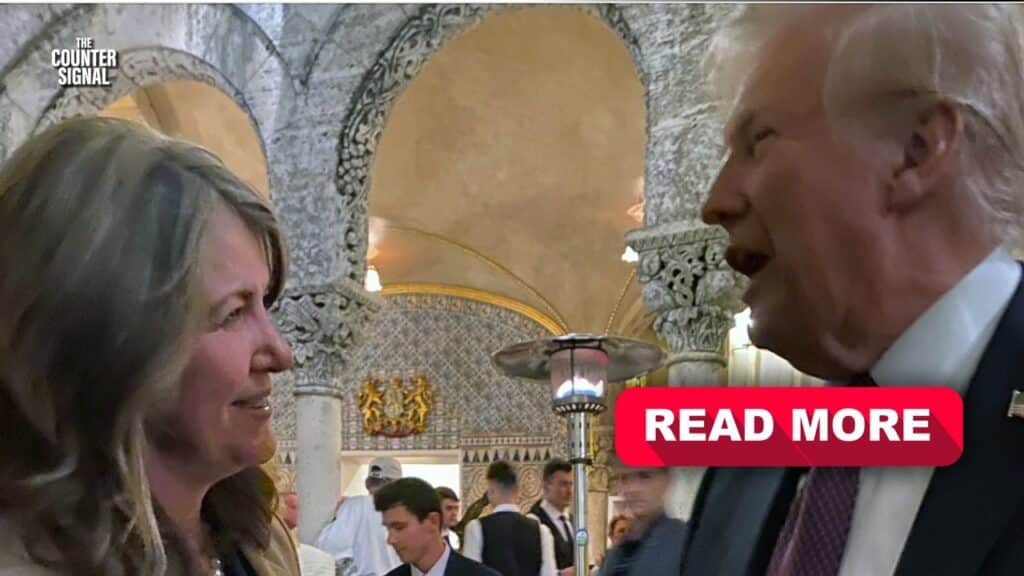The mayor of Edmonton and his city council unveiled big plans to transform Alberta’s second-largest population centre into a series of 15-minute cities yesterday, and the people are not happy.

Yesterday, the City of Edmonton finally began taking feedback for its proposed plan for 15-minute cities, having promised to rewrite most existing land use policies and completely overhaul existing zoning regulations to fundamentally change the city in the name of fighting climate change and explosive population growth fueled by mass immigration.
As part of the plan, 400+ neighbourhoods would be grouped together and then divided into 15 districts, wherein everything would be developed to be located within 15 minutes of everything else.
“The City Plan identifies 15 districts across Edmonton. Each district is a collection of diverse, connected and accessible neighbourhoods, where you can access most of the services and amenities that you need,” reads an overview.
“Since a plan for every neighbourhood isn’t feasible—Edmonton has over 400 neighbourhoods—each district plan will serve a collection of neighbourhoods.”
To this end, the city council plans to greatly expand public transit, with the ultimate goal of reducing travel by personal vehicle, specifically cross-city travel. The idea is to have most of daily life contained within individual districts rather than have constant movement across the city, with the current city council saying the goal is to have 50% of travel done by walking, public transit, or cycling.
To achieve this, rather than thinking of neighbourhoods, the city will work to develop nodes within the districts (hubs for community, services, or commerce) connected by various travel corridors that are only accessible by approved forms of travel—again, everything but personal vehicle use.
The city will also begin designating boundaries between districts ahead of its plans, though councillors have yet to comment on whether these boundaries will be firm and whether residents will have to justify crossing them in the future.
A map of proposed district boundaries can be found via this link.
Lastly, new building development, as outlined in the new guidelines, will focus on high rises for more intensely concentrated populations, which councillors say is unavoidable as Edmonton’s population continues to grow.
Edmontonians not happy about 15-minute cities
To say this plan is a radical reimagining of Edmonton is, of course, an understatement, and Edmontonians have taken note.
Indeed, according to councillors, the biggest hurdle to rolling out their plan they’ve encountered so far are so-called “conspiracy theorists” who are telling the truth, i.e., concerned citizens.
“I think people really need to understand what they’re speaking on,” Councillor Keren Tang told reporters. “I think, unfortunately, a lot of the district planning in particular has been derailed by 15-minute city conspiracy, World Economic Forum, etc. At the end of the day, this is about land use.”
“What we need to do is make sure we give those folks a chance to express their viewpoint,” said Councillor Andrew Knack. “But at the same time, ask them questions about ‘are there specific things in the policies that could materialize to what you think they could?’”
Edmonton, Canada has begun the process of becoming a 15-Minute City.
— End Wokeness (@EndWokeness) May 29, 2024
Mayor Amarjeet: We need a "cohesive city"
Travel will be restricted. Daily needs will be within a 15-minute walk. And of course Big Brother will eventually be watching.
But don't worry, it's a conspiracy… pic.twitter.com/YT3Zc1uBNX
In particular, people have taken issue with being confined to their district for much of their lives for the sake of councillors’ climate crusade, the possibility of forced renovations to comply with new laws, the destruction of nature within the city, and the erection of high rises changing the landscape they’ve grown to love for the worse.









